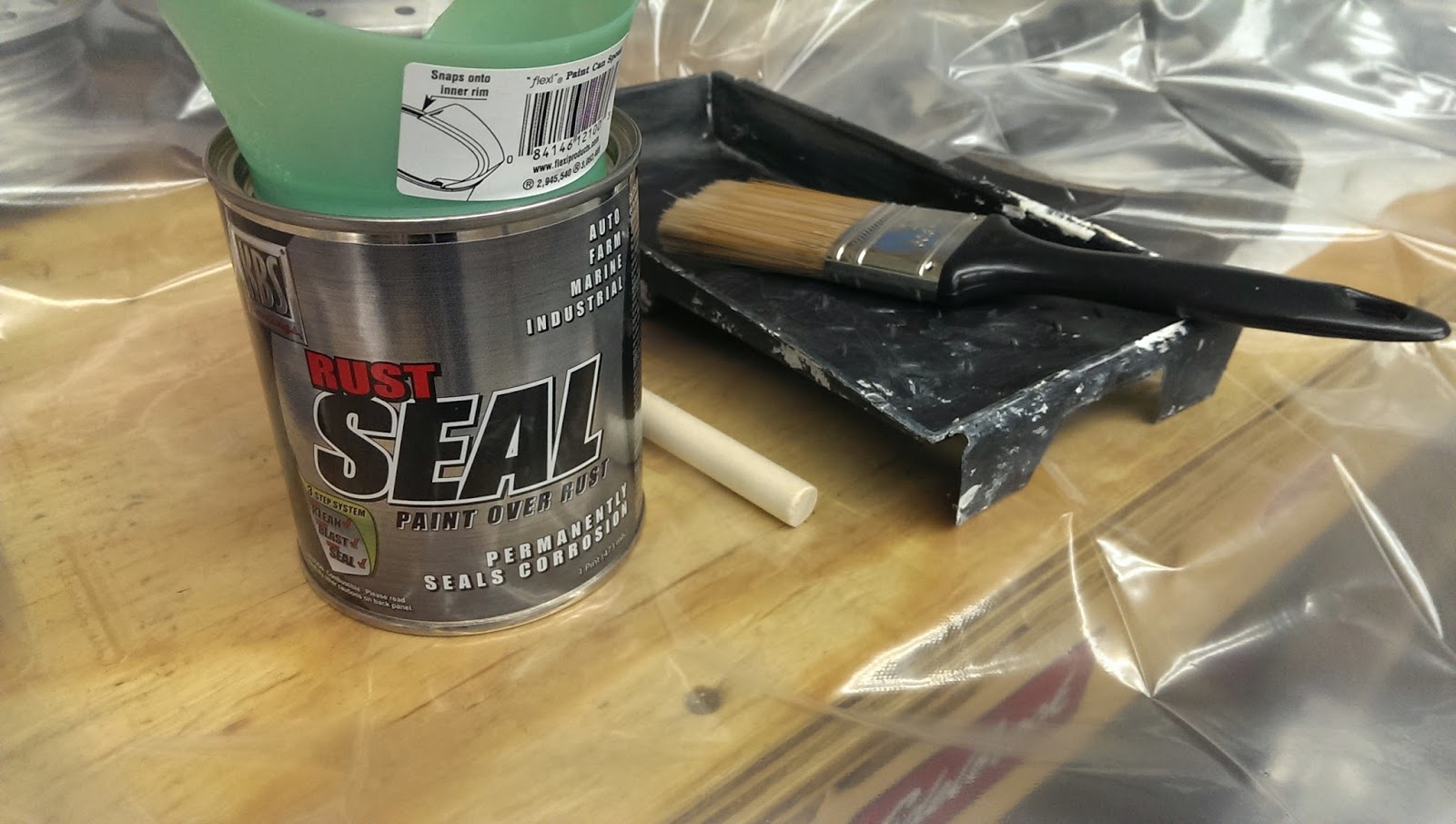Over the winter I rebuilt the engine for the
motorcycle. I really enjoyed this part
of the project because engines fascinate me.
It amazes me that they don’t wear out faster than they do. Think about regular cruising speed an engine
is probably around 3,000 RPMs that means that each piston is moving up and down
inside the cylinder 50 times every second!
I wanted to rebuild the engine for several reasons. The first is that I had never done it before,
and was up for the challenge. The second reason was so that I could be confident the engine will be in great shape and
last many years. It makes it easier to
clean everything up if it is taken apart too.
I could probably have just pressure washed it and it would look
fine. But, the second reason why I wanted
to rebuild the engine is because I had never done it before. It looked fun, and I was up for the
challenge.
The first thing I did was took the valve cover off and the
clutch cover to drain the remaining oil.
With the valve cover and rocker arms off, the camshaft can
be removed. In this engine, the camshaft
does not have any bearings; it just rides on the aluminum with oil being pumped
between the camshaft and the aluminum surface.
Next, I removed the cylinder head. You can see that there was a lot of carbon
build-up. I removed the valves and valve
springs measured and checked them according to the manual. One of the exhaust valves was pretty worn so
I replaced both exhaust valves.
From here I went to remove the cylinders. These were stuck on really tight, I tried to
free it by hitting a block of wood against the cylinders with a hammer – I accidently
broke a fin doing this L.
Eventually it came free after hitting
with a rubber mallet.
I used my calipers
to check the valves, valve springs, and rocker arms pins, but in order to get
accurate measurements on the cylinders,
I would need a bore gauge. I took
the cylinders and pistons to C&S Performance in Butler to have the bores
and piston diameters measured. When
everything checked out in spec, I had them also hone the cylinders and soda
blast the head and pistons to get rid of all the carbon. They did a great job on everything and had
pretty reasonable prices. They are not
really set up to do motorcycle engines (main focus is Chevy race engines), but
they were friendly and willing to help me out anyway. For the cylinders and head, I was given a
great deal on powder coat by Classic Coatings Inc.
They did an amazing job and I could not be happier with how the parts
turned out.


The next step in dis-assembly was to remove the clutch discs,
oil pump, and filter rotor so that the cases can be split. In order to get the oil rotor off, a special
socket is needed. It can be found online
for pretty cheap but it I did not want to wait a week for a tool to arrive, So
I found an old spark plug socket and used my angle grinder to make a crude oil
rotor socket. I used this with my impact
driver and the filter rotor nut came right off.
The engine/trans case was pretty disgusting and had lots of
burnt oil baked on.
Once I got the case split I took pictures so I would know
how to put this puzzle back together.
I removed all the parts
and laid them out trying to keep them organized.
I spent lots of time cleaning up the case, taped them off, then gave the
parts a fresh paint job using hi-temp aluminum colored paint.
Over the weeks of this engine rebuild, I also cleaned and
polished up the aluminum valve cover, generator cover, and clutch cover. I started with a soft wire wheel on my bench
grinder for the really rough parts, otherwise I started with 400 grit wet
sanding. After wet sanding for as long
as I could stand, I used a sisal wheel with emery compound and buffed the parts
for a long time. I also used a tiny felt
wheel on my Dremel tool to get into the tight places. Then I used rouge compound with a denim sewn buffing
wheel to get them even smoother. Then
finally for the clutch cover and generator cover, I put a small wheel on my
angle grinder and polished with white rouge to finish the parts off. I could have done a better job, but I am
happy with the results.
Now with all the parts ready to go, the real fun part could
happen, putting the engine together! I
got a complete gasket set and all new oil seals.
I did not have a piston ring compressor so I used a makeshift one out of
some thin sheet aluminum and large hose clamps.
And here is the completed engine. For the final visual touch, I replaced all
the Philips head screws with stainless steel Allen head screws. I am very pleased with how it turned
out.









































